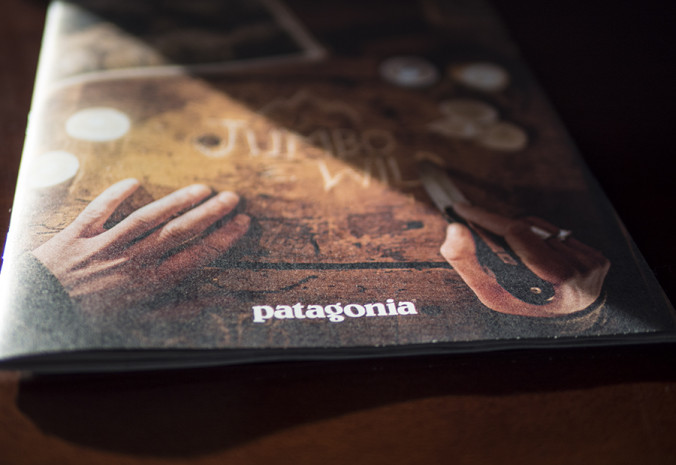“I always say we’re incredibly creative within our fences, because I don’t feel like we’re pushing boundaries. We’re very creative within our fences, and because we have the fences, they make for very creative moments.
“We come up with some stuff that I don’t think any of us would’ve come up with had we not had the fences. There’s a lot of other things that I wouldn’t have done visually had we not had the fences and I think they’re better sometimes.”
Shonda Rhimes, creator of Gray’s Anatomy and Scandal and executive producer of How To Get Away with Murder (together, the 3 shows are ABC’s Thursday prime time lineup), shared these words on Fresh Air with Terri Gross on NPR. Hear the interview here.
Asked about working on network television rather than on cable, which is far less restricted in content and language, Rhimes sees FCC broadcast rules as her “fences.” Through these words, constraint is not only embraced, it’s credited with forcing creative solutions.
Hearing this interview inspired me finally to sit down and organize my thoughts around this long felt and frequently experienced dynamic.
Twitter‘s 140 character limit. Instagram‘s square images. Ignite‘s 5 minutes, 20 slides, and 15 seconds.
Boundaries, rules, constraints. Operating with lines and limits seems like something many of us view with disdain. We want to be free!
But Rhimes’ fences change our approach. They change the puzzle. We approach, decide, edit, and solve differently.
Finding success in spite of limits has been fundamental to scientific, engineering, medical, and other breakthroughs that improve our quality of life and redefine what’s possible.
Now, a short celebration and warm embrace of creativity from constraint.
Continue reading





